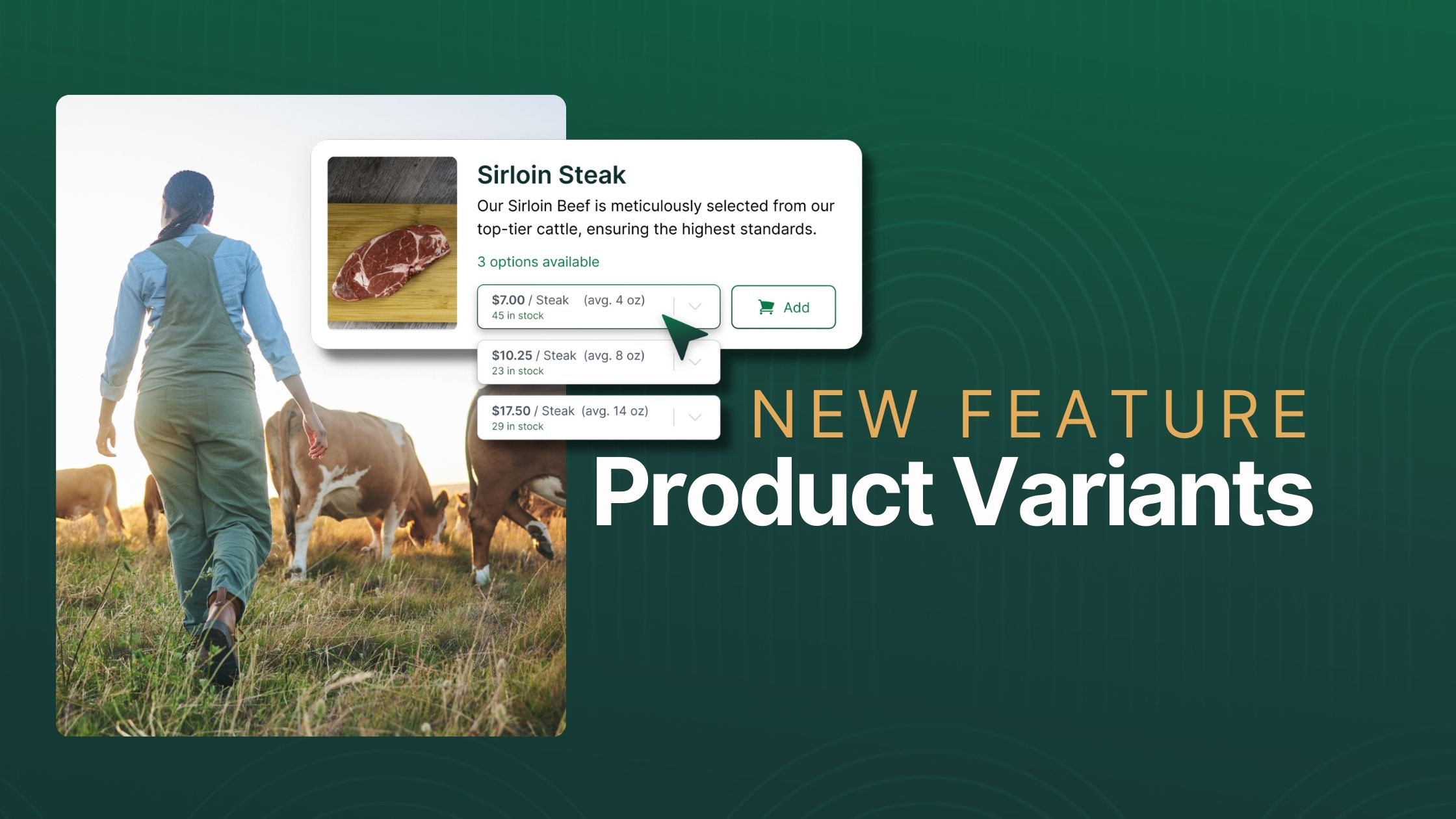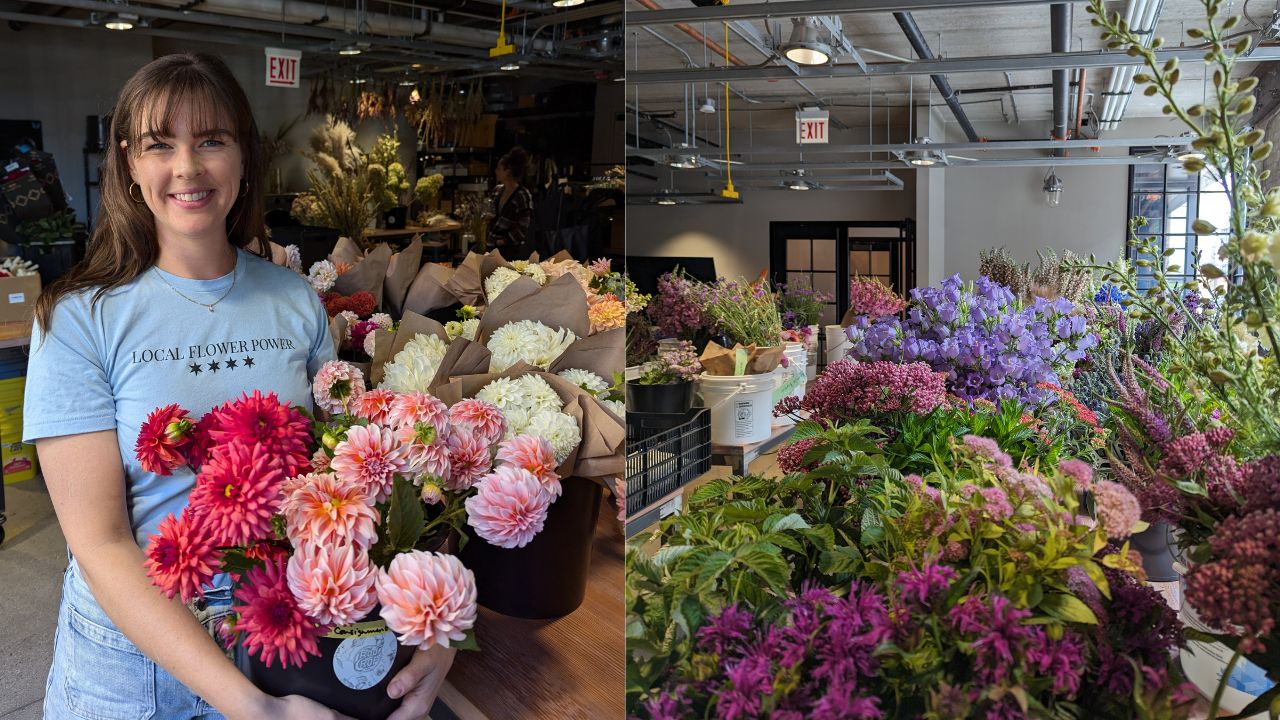Lock in a full year of Local Line at 30% OFF. Sign up for an annual plan before
.webp)
+1 (855) 699 1026
.webp)
Can anyone else believe it’s already May? As we ramp up for a productive and profitable growing season, our team has been hard at work making improvements that will increase conversions on your online store. Our goal was to increase traffic to your online store AND increase order conversions. Here are a few improvements we made just in time for growing season.
Over the past couple of months, we’ve been hard at work behind the scenes improving your storefront Search Engine Optimization (SEO), which will increase your ranking on Google. Being more discoverable on Google is an important way for new customers to find you.
Since we began making improvements in January, Local Line storefronts have seen a 10% increase in URL clicks and a 15% increase in impressions in March compared to February, and a further 3% increase in URL clicks in April!
We still have a long way to go, but expect to continue improvements as we implement enhancements.
Headers tell Google what the most important parts of a web page are. Similar to when you build your farm website, each page has a Heading 1 (H1) that tells Google what that page is about. Now, all Local Line storefronts have a dedicated H1 header, which helps search engines quickly understand the page's topic.
➡️ If you want to learn more about H1 Headers and the impact they have on SEO, check out our free SEO Checklist for Farmers!
Another technical enhancement we’ve made to our SEO is updates to <a> tags. These tags provide Google with a map of the individual product pages (the unique URL for each of your products on your storefront) and how they’re connected to the greater storefront. For example, your storefront is the main page and the product pages link out from the main page.
Tags tell Google that these pages exist, which allows them to appear in Google search results. For example, your Apple product page would now potentially show up on a Google search.
Canonical tags group any variants of a URL to the original URL. These are essential in signaling to search engines which versions of similar or identical content pages are the primary ones to index, preventing issues of content duplication in search results.
This is important for your SEO because it tells Google which URL is the main one. For example, the URL for a retail price list is ninasfarm.localline.ca/retail. Without canonical tags, any variations of that URL, i.e., https://ninasfarm.localline.ca/retail/ or https://ninasfarm.localline.ca/retail?search=something, would be treated as a new URL and get their own ranking in Google.
With canonical tags, Google will avoid ranking the pages individually, improving your storefront's overall ranking.
SEO remains an important part of our ongoing platform improvements, and our next big project will be implementing Server-Side Rendering (SSR). The biggest benefit of implementing SSR is that it will improve site speed, increasing your storefront ranking even further.
Next, we made five key improvements to increase conversions on your storefront and checkout.
The Local Line check-out flow works as follows: A customer lands on your storefront and can view your products from your price list. Before adding a product to their cart, they’re prompted to select their fulfillment method (delivery or pickup). Once they’ve selected their fulfillment plan, they can build their cart and proceed to checkout.
Our checkout works this way because it’s essential for features like subscriptions, where the products themselves have unique fulfillment options, e.g., a farm box that gets delivered once monthly. Product availability, minimum orders, order lead times, and more depend on the fulfillment plan the customer selects.
As we head into a busy growing season, we challenged ourselves to find ways to increase conversion rates. We took a look at our data and customer feedback and make the following changes:
.webp)
These improvements will help to simplify the process when selecting fulfillment options, improving the overall experience of those shopping on your storefront!
Price lists allow you to sell to multiple sales channels using one inventory. Price lists can be private or public, and you can set custom availability, pricing, pack sizes, and subscription offers on different price lists.
.webp)
Price lists are an important feature to Local Line users. To add even further customization to your price lists, here are some improvements we’ve implemented:
These updates will allow you to tailor your storefront to your different customer segment needs (e.g., wholesale vs. retail customers) and communicate the right information to the right audience.
As we gear up for another profitable growing season, we’re positive these improvements to storefront SEO, checkout flows, and price lists will have a positive impact on your success. At Local Line, we constantly strive to build the best software for farmers.


